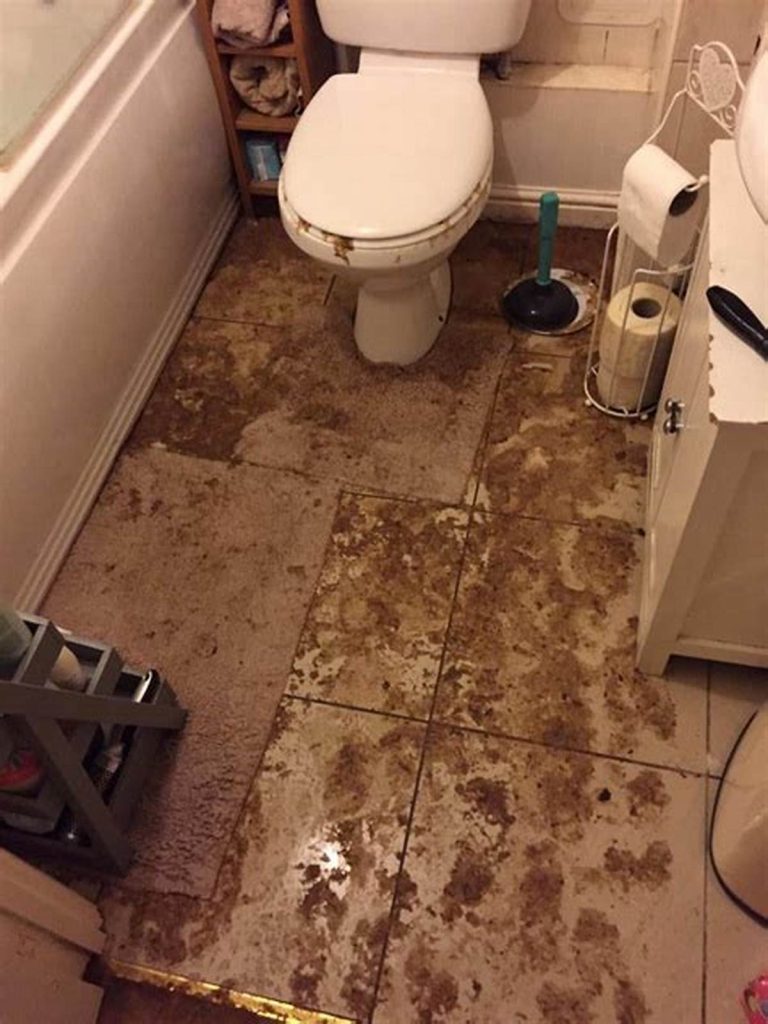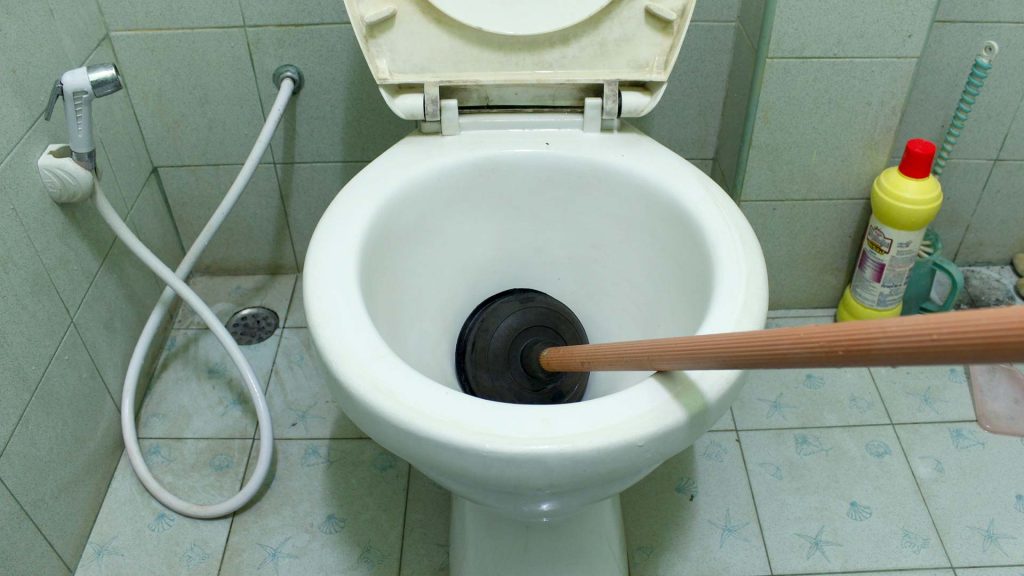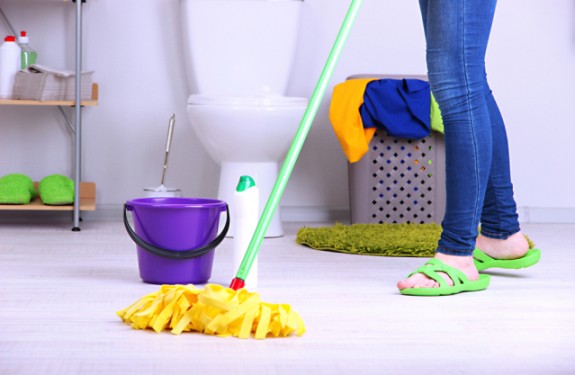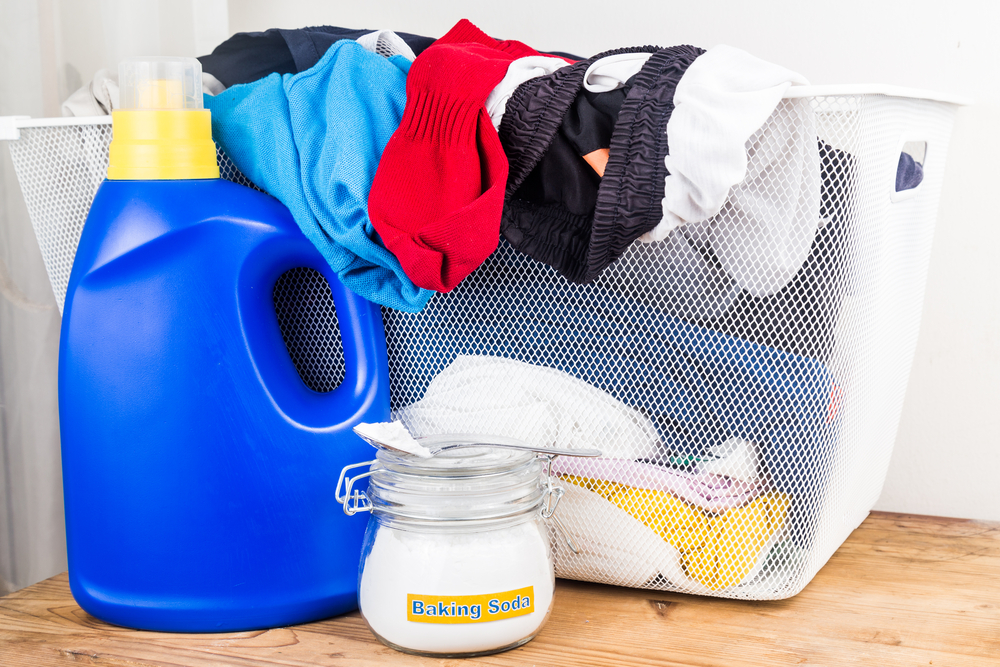Sewage overflow in bathroom is a serious problem that can pose health and safety risks, as well as damage your property. Sewage contains harmful microorganisms such as bacteria, viruses, and protozoa, which can cause illnesses like gastroenteritis. Sewage overflow can also emit foul odors and create a breeding ground for mold and pests.

Sewage overflow can be caused by various factors, such as damaged or blocked plumbing, sewerage system backflow, septic tank failure, or flood water. If you encounter sewage overflow in your bathroom, you need to act fast and follow these steps:
- Stop the water source. Avoid flushing the toilet or using the sink or shower until the problem is fixed. Look for the shut-off valve, which is usually located on the wall behind the toilet, and turn it clockwise to shut off the water supply. If you can’t find the valve, or if the overflow is coming from outside your property, contact your local water business or council for assistance.

- Protect yourself and your family. Sewage overflow can expose you to harmful substances and gases, so you need to wear protective clothing, such as rubber gloves, boots, and eye protection, when dealing with it. Keep children and pets away from the affected area until it is cleaned and disinfected. Wash your hands frequently and seek medical advice if you become ill or injured.
- Remove the excess water and sewage. Use a pitcher or a large container to scoop out as much water and sewage as possible from the bathroom and dispose of it in another sink or toilet. You can also use a wet/dry vacuum or a sump pump to suck out the water and sewage, but make sure to sanitize the equipment afterwards. Avoid using bleach or other chemicals that can react with the sewage and create toxic fumes.

- Clean and disinfect the area. After removing the water and sewage, you need to clean and disinfect every surface and object that was touched by the overflow. Use an uncontaminated water supply and a mild detergent to scrub the floors, walls, fixtures, and furniture. Rinse well and dry thoroughly. Then, use a chlorine solution of one cup of household bleach with 10 liters of cold water to disinfect the area. Apply the solution with a spray bottle or a mop and let it sit for 10 minutes before rinsing and drying. Discard any items that cannot be cleaned or disinfected, such as carpets, rugs, curtains, and mattresses.
- Call a professional restoration company. Some sewage overflows may be too severe or complicated to handle by yourself, especially if they involve structural damage, electrical hazards, or mold growth. In such cases, you need to call a professional restoration company, such as PuroClean of San Clemente, to restore your bathroom to its pre-loss condition. PuroClean of San Clemente has the expertise, equipment, and experience to deal with any type of sewage overflow, whether it is from a toilet, a sink, a tub, or a sewer line. PuroClean of San Clemente will also work with your insurance company to make the process as smooth and hassle-free as possible.
Sewage overflow in bathroom is not something you want to ignore or delay. It can cause serious health and safety problems, as well as damage your property and belongings. By following these steps, you can minimize the impact of sewage overflow and restore your bathroom to a clean and safe environment. However, if you need professional help, don’t hesitate to contact PuroClean of San Clemente, your trusted provider of water damage restoration, fire and smoke damage restoration, mold removal and remediation, biohazard cleanup, and other services. PuroClean of San Clemente is available 24/7 and ready to serve you with compassion and excellence. Call us today at (949) 994-4004.



 PuroClean of San Clemente
PuroClean of San Clemente